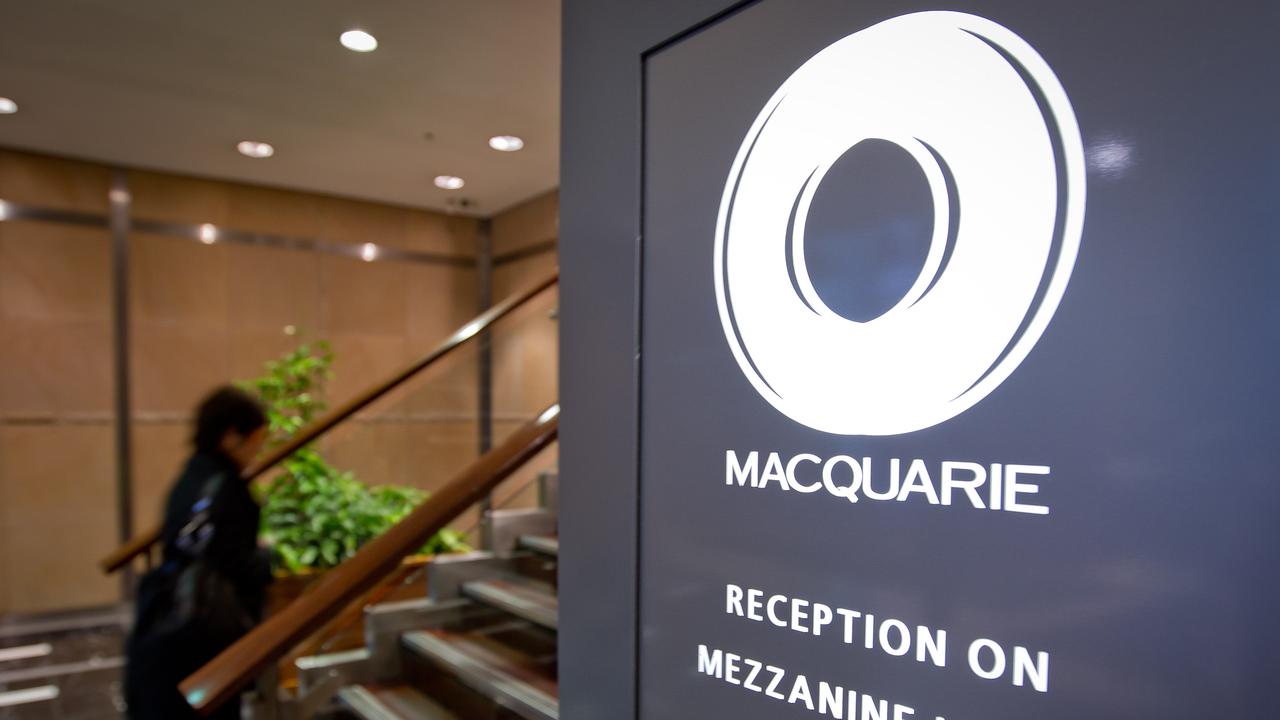Webjet strafes Flight Centre in online travel dogfight
Webjet’s China deal could help it gain the upper hand as it battles Flight Centre for dominance of online travel.

Both Flight Centre and Webjet are expanding globally in the fast growing travel sector. Flight Centre uses a ‘bricks and mortar’ model as a base but also operates and is expanding online. Webjet specialises in online.
What brought this epic battle to my attention was Morgan Research’s State of the Nation breakfast this week where it was revealed that, in the 2015-16 year, online travel expenditure in Australia totalled $16.4 billion and represented over a third of the national online expenditure and was more than twice any other category.
Increasingly more Australians are deciding that they want to research and book their travel online, so, not only does this sector dominate our online purchases but, it’s also the second fastest growing category.
According to Morgan, in 2015-16 Australia’s online travel expenditure grew by a staggering 21.9 per cent, which was far greater than any other sector except for baby products, which started from a very low base (watch out bricks and mortar baby stores).
These graphs raise the question of whether online travel is going to do to the travel industry what online advertising did to newspapers and other media.
In that case three Melbourne-based companies SEEK, REA group and Carsales.com ripped large market shares from newspapers. (Realestate.com.au is a 60 per cent owned subsidiary of News Corp, which is also the publisher of The Australian).
Webjet aims to make it a foursome although in this case the main target is not print media but bricks and mortar travel agents.
Whereas in media the dominant conventional classified player was Fairfax, in travel it is Flight Centre.
The market can feel the excitement of another giant killer so Webjet shares have risen from $5 to almost $12 this year before slipping back but they have still doubled in around six months.
In rapidly expanding companies there are many interpretations of yearly profits but the official stats show that Webjet is on a price earnings ratio above 38 and its yield is less than 1.4 per cent.
Flight Centre still as a market capitalisation more than three times of that of Webjet but its shares have been on the decline (although they rallied this week).
Again, using the official statistics, its price earnings ratio is around 13 or around one third of Webjet and its yield at around 4.7 per cent is three times that of Webjet.
Clearly the market has decided which company is going to grow the fastest but, of course, if Webjet CEO John Guscic stumbles in his very ambitious global expansion program he knows that the market will react savagely — that’s the risk all high flying CEO’s face.
And at the Brisbane-based Flight Centre, Graham Turner has a fantastic track record and is moulding his model to the new era. Like Guscic he is taking on the world.
Australia is looking for service companies that will expand into China. Most shake their heads but Flight Centre announced earlier this year that it was looking for expansion in China.
But this week Webjet linked with China’s largest travel aggregator, Shenzen-based Dida Travel Technology.
The partnership gives Webjet’s new B2B travel business, FIT Ruums, an instant foothold in China, with the two companies supplying and distributing each other’s travel content, including 13,000 hotel properties (Dida deal opens China door for Webjet, November 24).
The China travel market is the fastest growing in the world. That Webjet link may propel the company into a new era. At least that’s what the market believes.









Never before have we seen two Australian companies battling for world ranking in the same industry but using entirely different strategies.